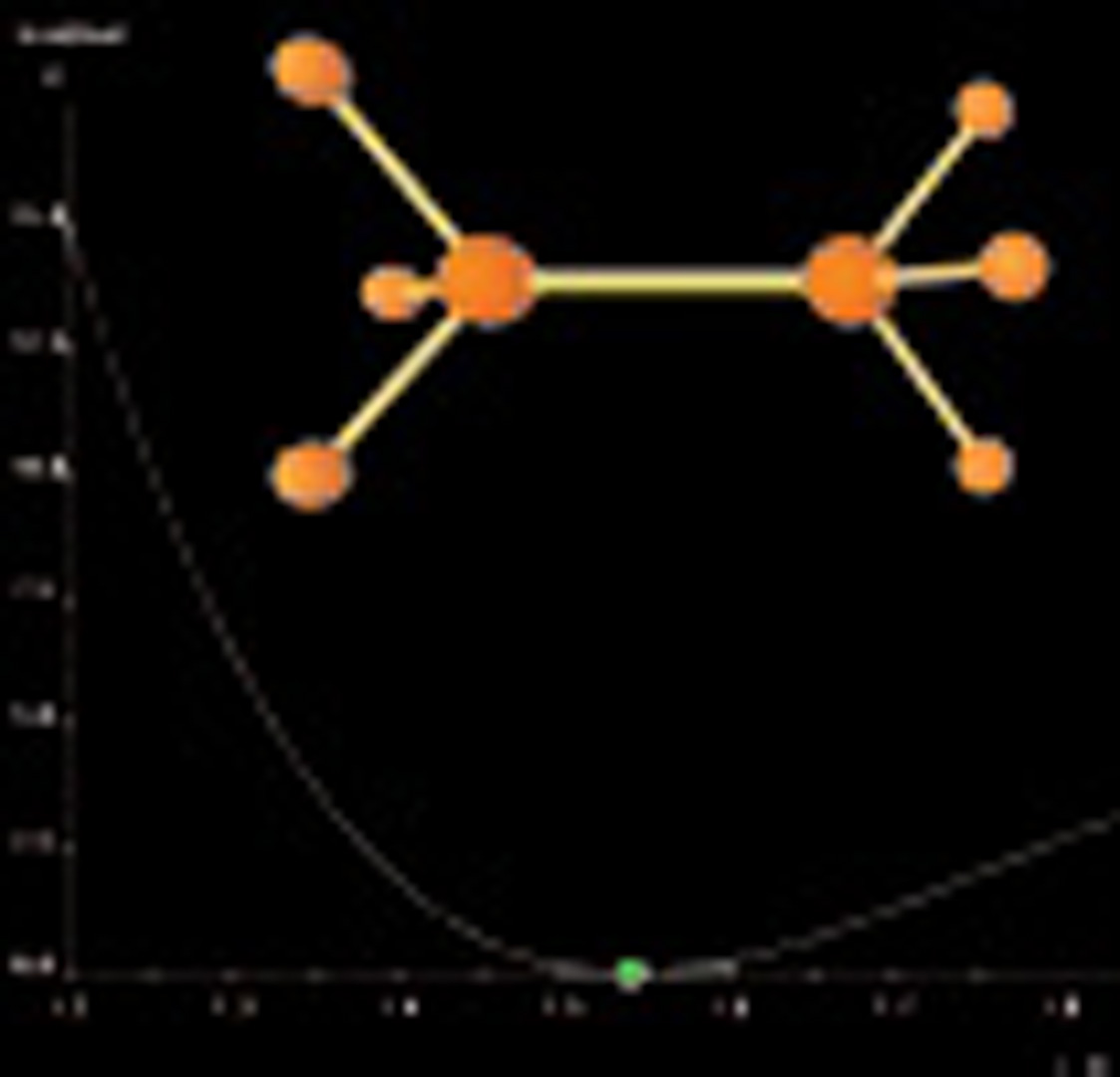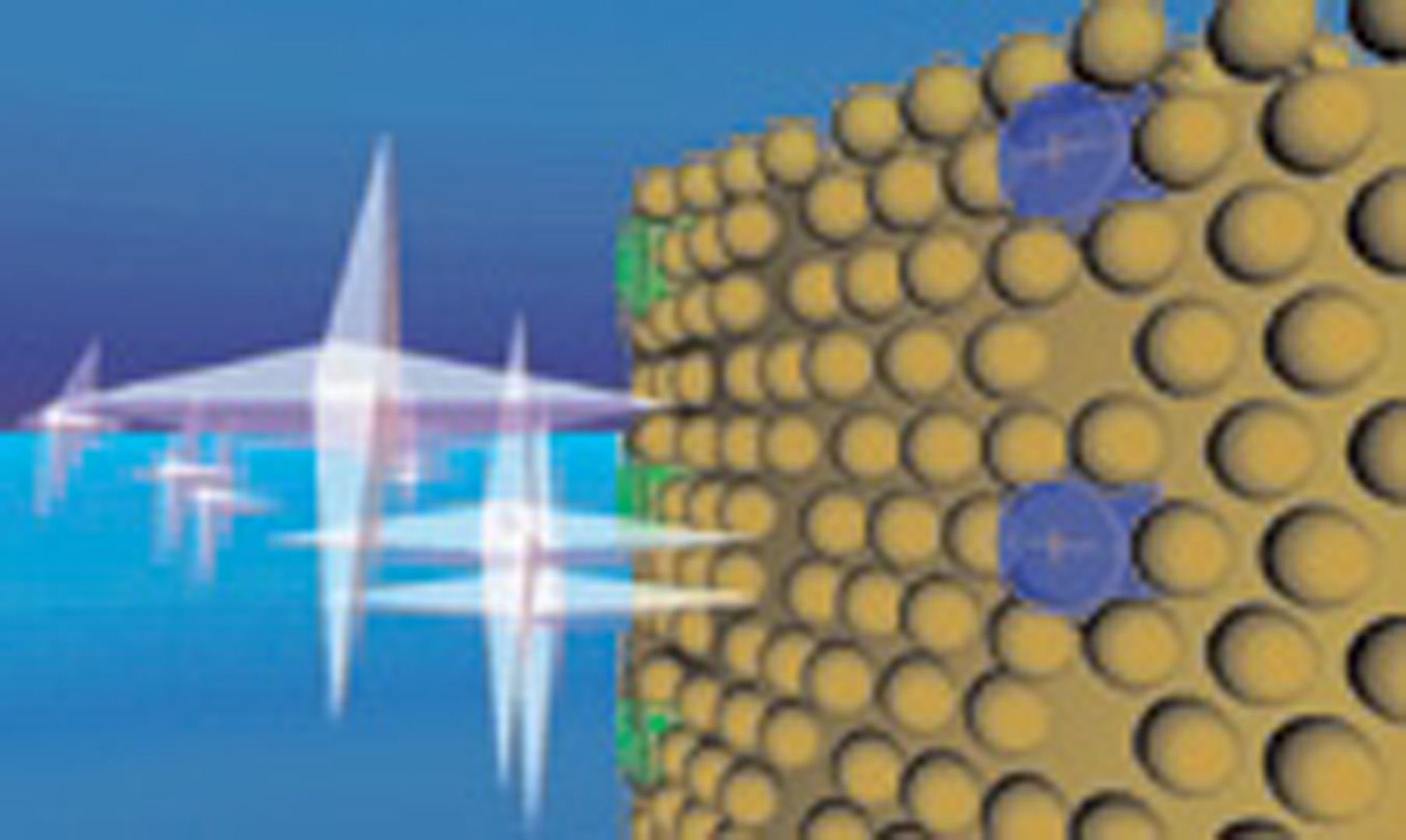“Curricular Modules: 3D and Immersive Visualization Tools for Learning” by Wollensak, Baird and Loomis
Conference:
Type(s):
Title:
- Curricular Modules: 3D and Immersive Visualization Tools for Learning
Presenter(s)/Author(s):
Abstract:
Many scientific principles are dynamic in nature but are commonly presented through static two-dimensional media such as textbooks and blackboards, leaving the student to make the connection between the two. In several science courses at Connecticut College, faculty experiment with the use of 3D animations to increase the students’ understanding of these concepts.
Curricular Modules: 3D and Immersive Visualization Tools for Learning, a project funded by the National Science Foundation, provides innovative pedagogical tools for subjects in the sciences that have been traditionally challenging for students to master. The 3D and virtual reality tools represent groundbreaking advances in pedagogy in a wide variety of areas of science education.
Six science modules were created by cross-disciplinary teams comprised of faculty (fellows at the Center for Arts and Technology) and students from the science, computer science, and design departments. A benefit of this team approach is the mutual understanding gained from working with individuals with different expertise and backgrounds.
Specific subjects included human physiology, graph theory, introductory physics, organic chemistry and biochemistry, cell biology, and astronomy education. For example, users understand the production and propagation of an action potential through immersion in a 3D environment, experiencing how the ions flow back and forth. A multi-sensory approach is used in which some of the modules include audio and haptics (force feedback).





